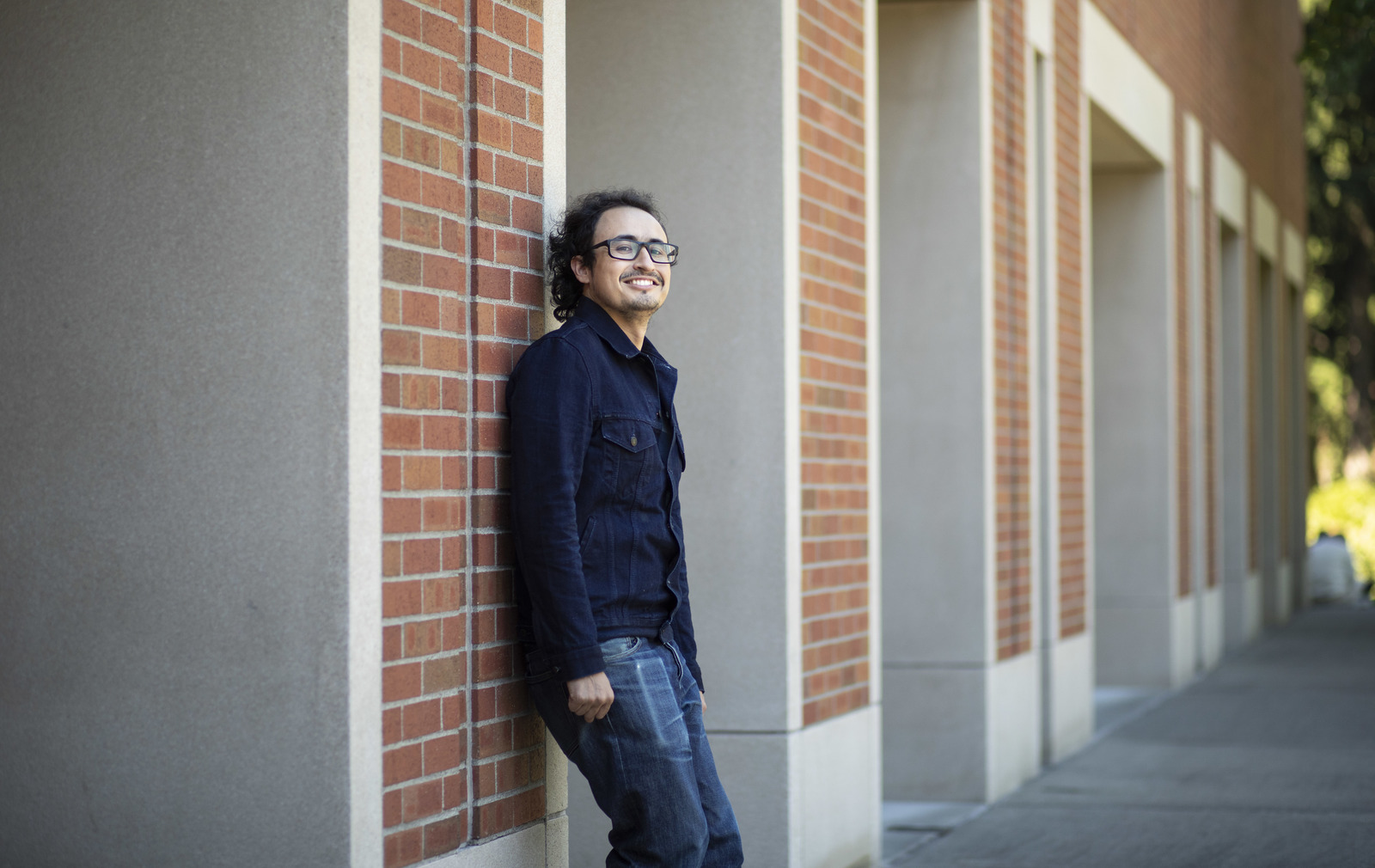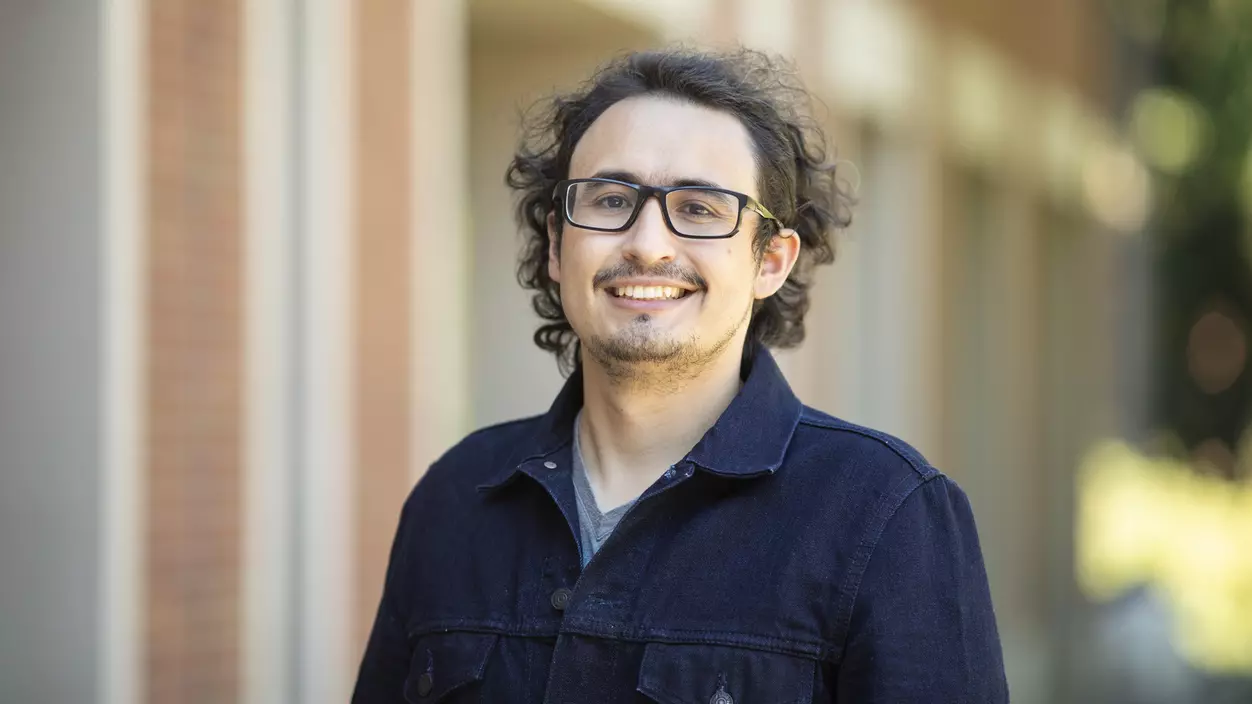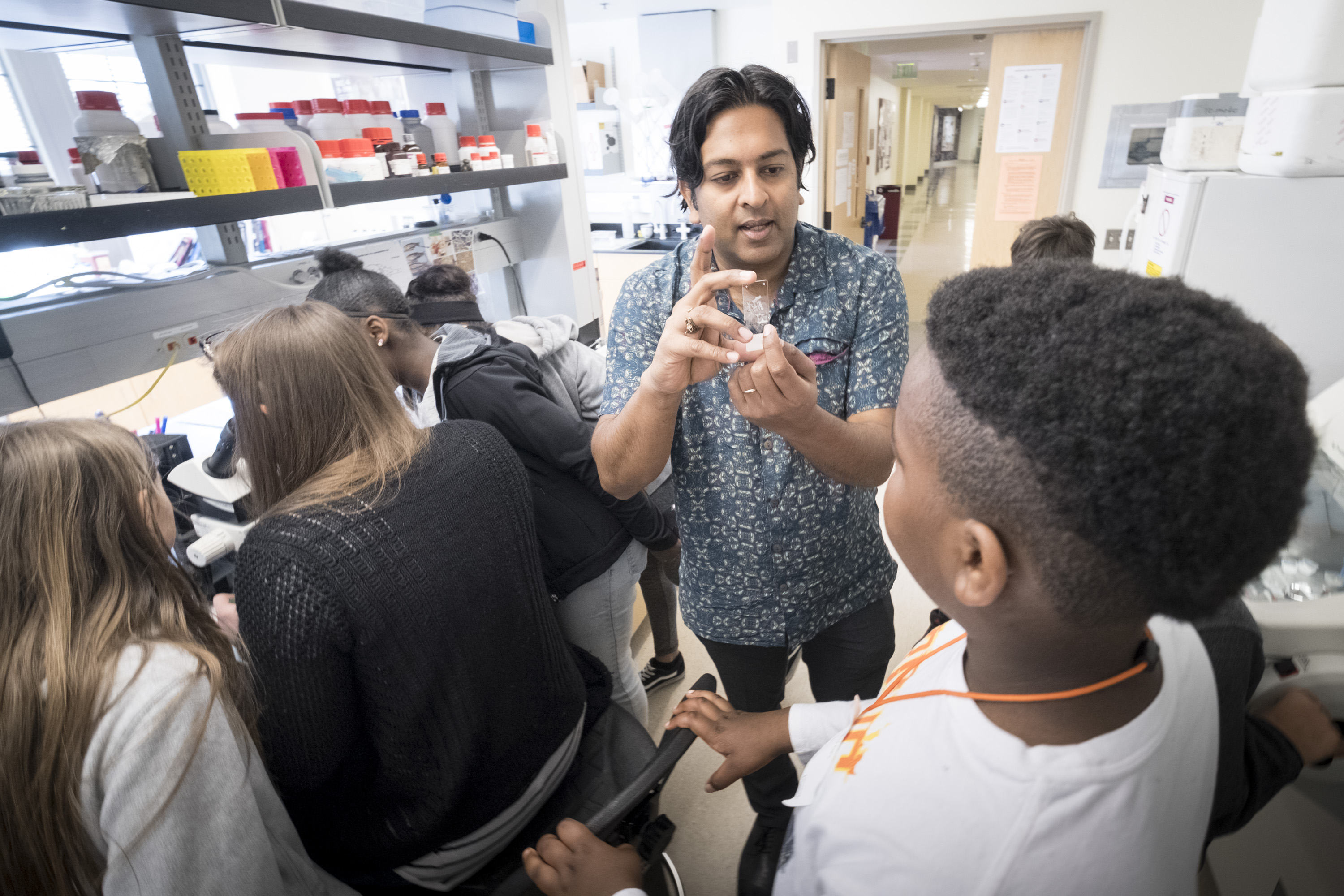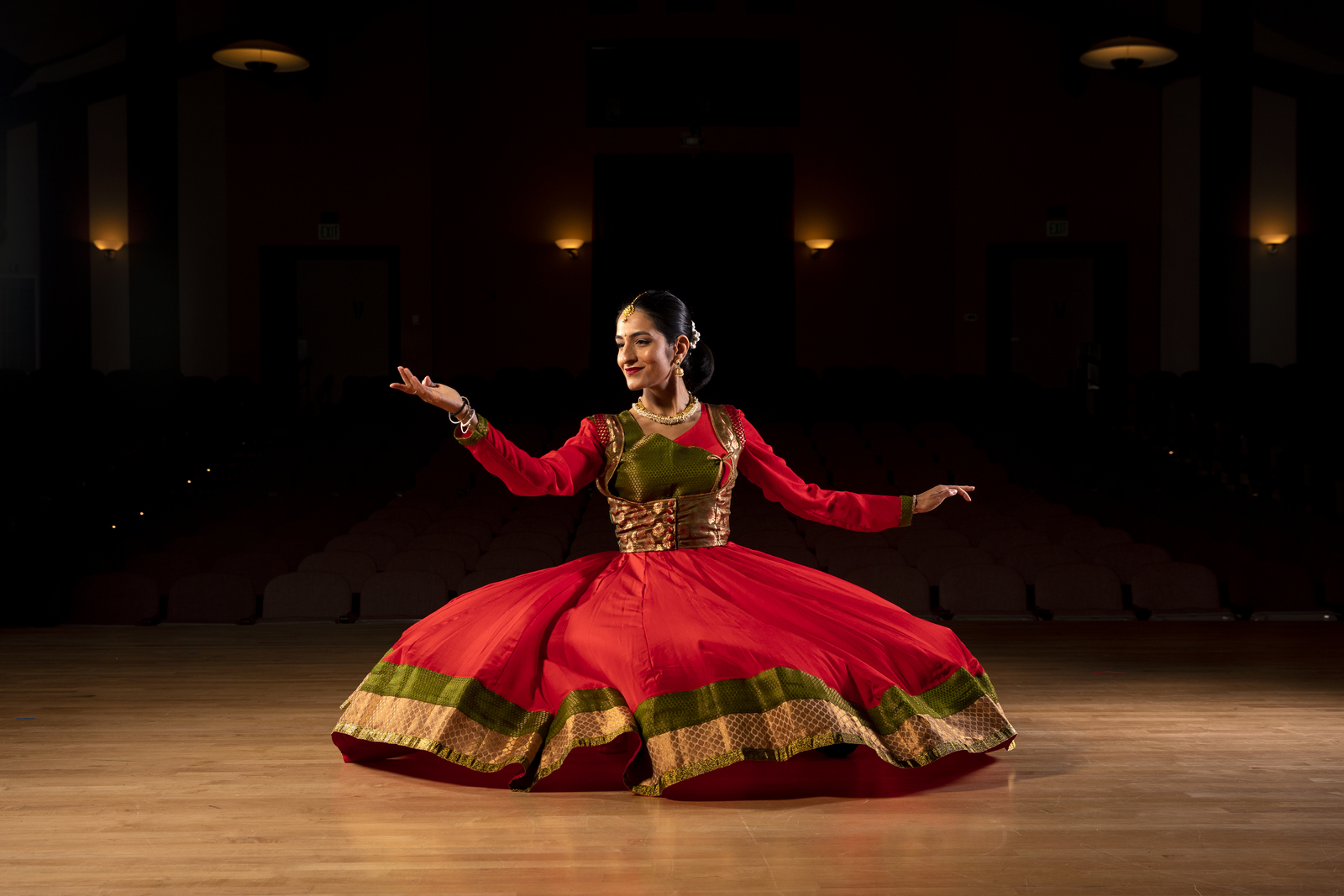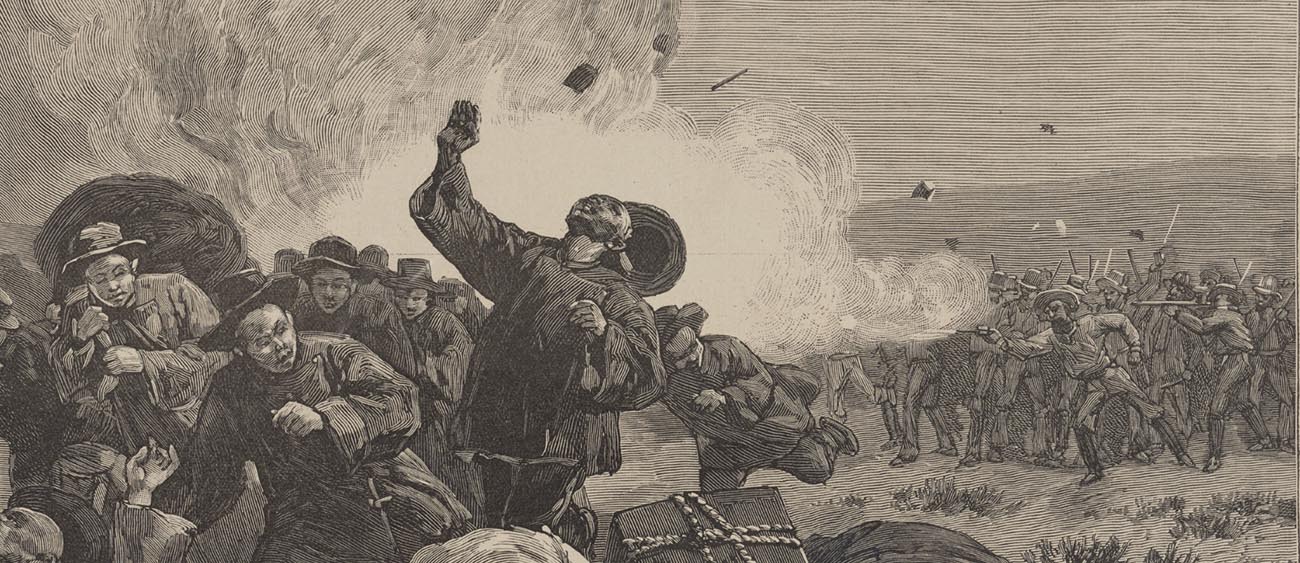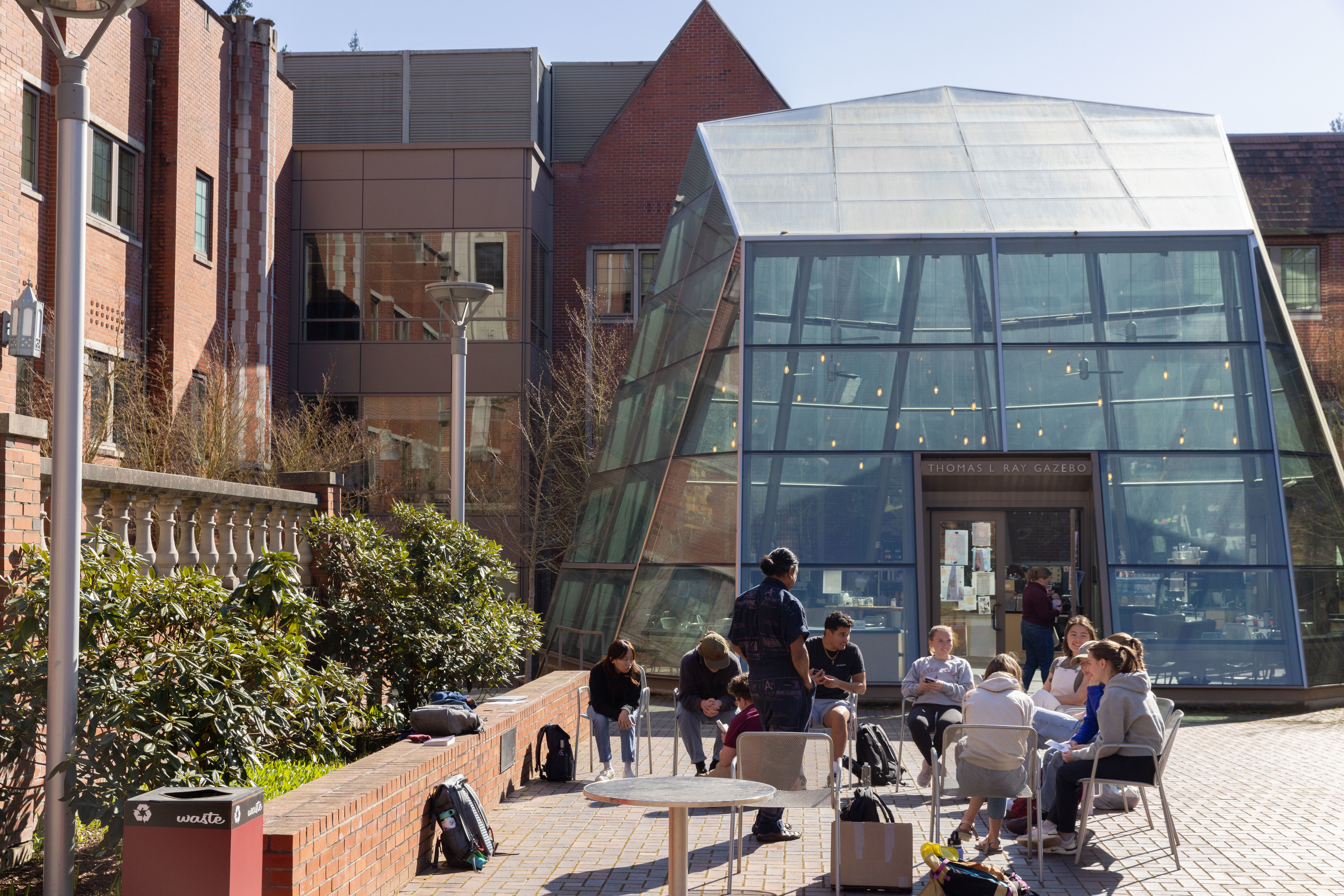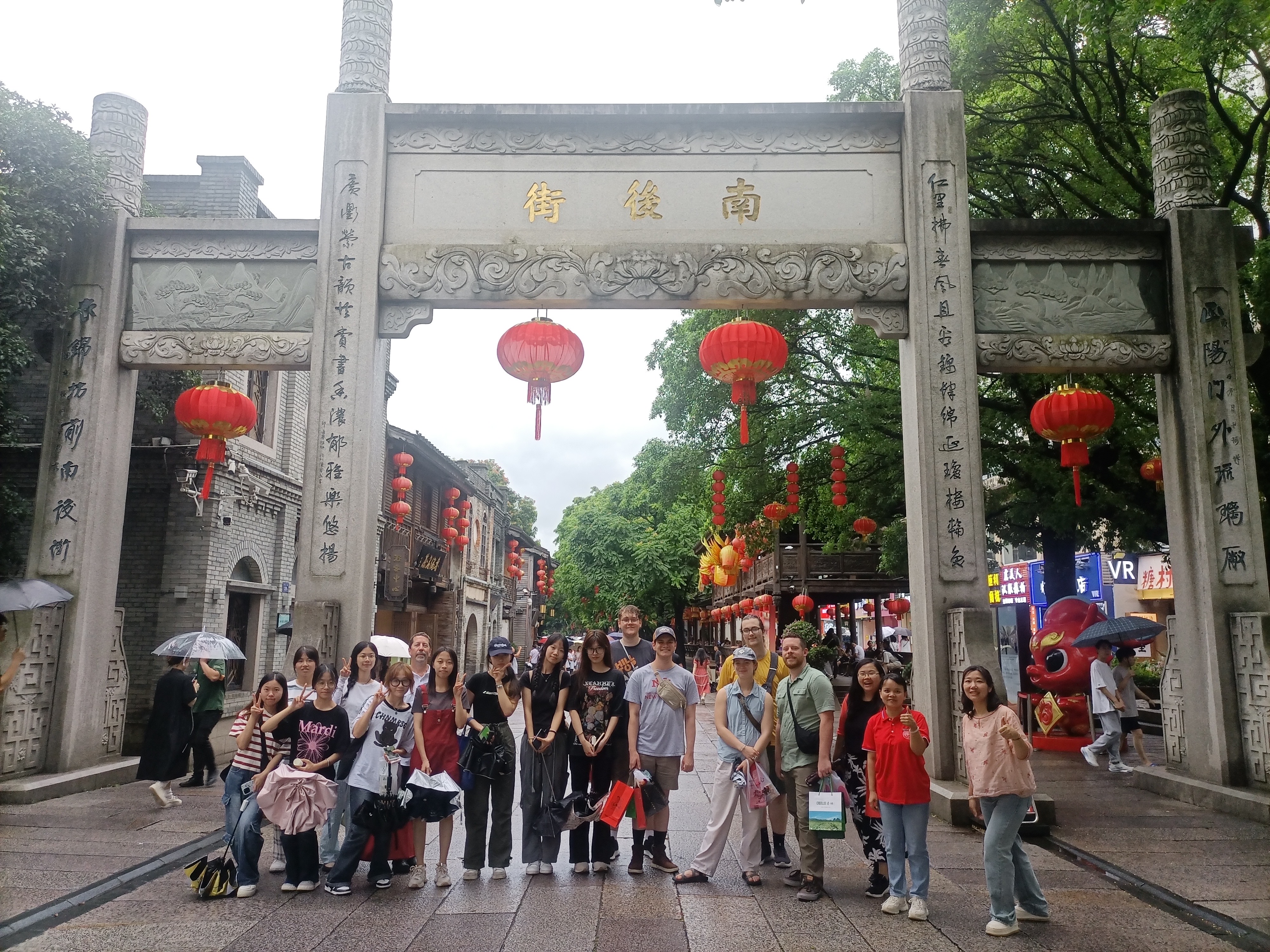Q: You teach classes that fall under both the Hispanic studies and Latino/a studies umbrellas. What makes those two areas of study different?
A: Hispanic studies focuses more on the study of Spanish language and cultures, both inside and outside of the United States. Latina/o studies is more focused on the living experiences and development of communities inside the United States—Cuban communities in Florida, Mexican communities in California, and Peruvians in New York, for example. It’s a field that also has a history of civil rights activism and political intervention.
Q: How do you instill in your students the importance of engaging with the communities they’re studying?
A: I always tell my students that my classes don’t end in the classroom. I want them to know that when they take Latina/o studies, they make it a part of their life, and can engage with Latinx communities worldwide and fight to challenge stereotypes born from a long history of discrimination. They don't have to patronize those communities, but they have to engage with them. I'm really happy when my students, after taking my class, tell me, "Professor, I'm now working on a project about empowering Latina women," or, "I'm working on voting outreach for these Latino candidates in this election." That's what I want my students to take out of it.
Q: Another passion of yours is helping to place students in positions they will thrive in after college. How do you do that?
A: Today, for example, I had a student who was looking into getting a master’s degree in public policy. We were making a list of the public policy master’s programs, what the requirements were, and potential connections they had from internships. It's really important to guide the students, to show them that what they have learned and accomplished is valuable and that there's a bunch of opportunities out there for them. It's a process for me—meeting them over and over and over again until I finally can say, “Go for it.” That, for me, is teaching. That is my priority.
Q: Your current research focuses on the relationship between science and art in early 20th-century Mexico. Tell us more about that.
A: I’m looking to see if there's any correlation between the development of sciences, like biology, criminology, and eugenics, and how people think about art. My hypothesis is that they are connected. There are many debates around the topic. One is about the feminization of Mexican literature in 1924–25. Another is about the expulsion of homosexual workers from the Secretary of Public Health in 1932. The project I'm going to be doing next spring, on my sabbatical, is checking archives from psychiatric asylums, security archives, and health archives to see how that concept of homosexuality came to be in Mexico because it's not really a word that was normally used before around 1927.
Q: How do you spend your time outside of the classroom?
A: I love Pokemon. Students can recognize me really easily because I have a Pikachu hat and a Pikachu mask. I also like video games—I love Animal Crossing—and I play the bass.
